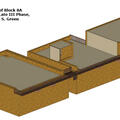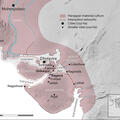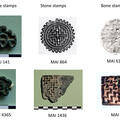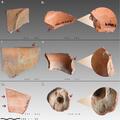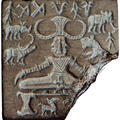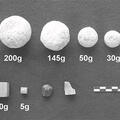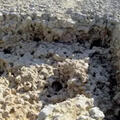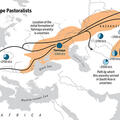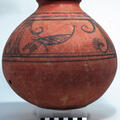Mohenjo-Daro’s Small Public Structures: Heterarchy, Collective Action and a Re-visitation of Old Interpretations with GIS and 3D Modelling
A fascinating article that shows how old excavation records together with recent computer modeling techniques can be used to show how a constructed space changed over time, and how that evidence can speak to larger issues in a society.

